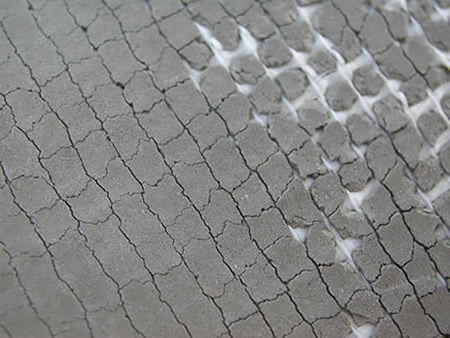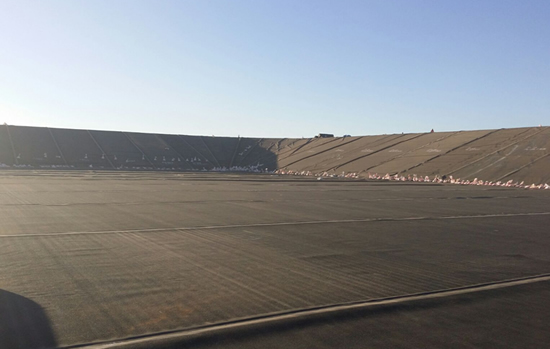
 Questioning the practice of engineering has long been part of the geosynthetics field. It is this on-going dialogue and re-evaluation that leads to new manufacturing innovations, better CQA, more economical and more sustainable designs, and much more. Here, we present geomembrane questions, as contributed by Dr. Ian D. Peggs, P.E., P.Eng of I-CORP INTERNATIONAL:
Questioning the practice of engineering has long been part of the geosynthetics field. It is this on-going dialogue and re-evaluation that leads to new manufacturing innovations, better CQA, more economical and more sustainable designs, and much more. Here, we present geomembrane questions, as contributed by Dr. Ian D. Peggs, P.E., P.Eng of I-CORP INTERNATIONAL:
- We install high-density polyethylene (HDPE) liners to be free of stress for protection against stress cracking, yet we increase texture/structure profiles for maximum stability (shear stress) on slopes. Does this make sense?
- If stress should be kept out of HDPE geomembranes on slopes, why aren’t high-strength geotextiles and geogrids used more frequently over geomembranes to provide veneer stability?
- Why is it required that there be no bridging/trampolining during liner installation at any temperature? Do we not just require no bridging at liner-covering or service temperature?
- Approximately 2% of geomembrane installations are checked electrically for leaks before commencing service. Why is this not 98%? Or are the ‘dozer blade and excavator bucket holes that are found not considered significant!?
- Why do engineers and regulators still demand absolutely zero leakage when it has been proven that better performance is achieved by specifying a maximum allowable leakage rate and installing a leakage detection system under the liner that safely manages any leakage?
- In this regard, why do we not see more double liners, and double liners made from different materials for the performance synergies that can be obtained?
- When we do seam peel and shear testing, why are specified strength values a function of liner thickness when what we are measuring is independent of thickness? What is actually being measured?
- Why do we remain satisfied with assessing seam strength every 150 m (500 ft) when ultrasonics and IR thermography have the potential to assess 100% of a weld nondestructively?
- Is the installer or the project engineer responsible for ballasting details to avoid wrinkles, bridging, and restrained thermal contraction stresses?
- Why do we see so many bag liners in concrete tanks when concrete protection liners can be cast into the wall thereby providing intimate contact, even in corners?
BONUS QUESTION: Why is an LDS drain placed 450 mm (18 in) above the low point of the LDS, and why is a gas vent placed on a side slope but under the maximum water level?
Geosynthetica and Dr. Peggs invite your comments. Use the comment feature below or contact Dr. Peggs at icorp@geosynthetic.com. Learn more about I-CORP INTERNATIONAL’s work at www.geosynthetic.com.
Have questions for the field? We welcome them. Contact the editor, Chris Kelsey, at chris@geosynthetica.net.











